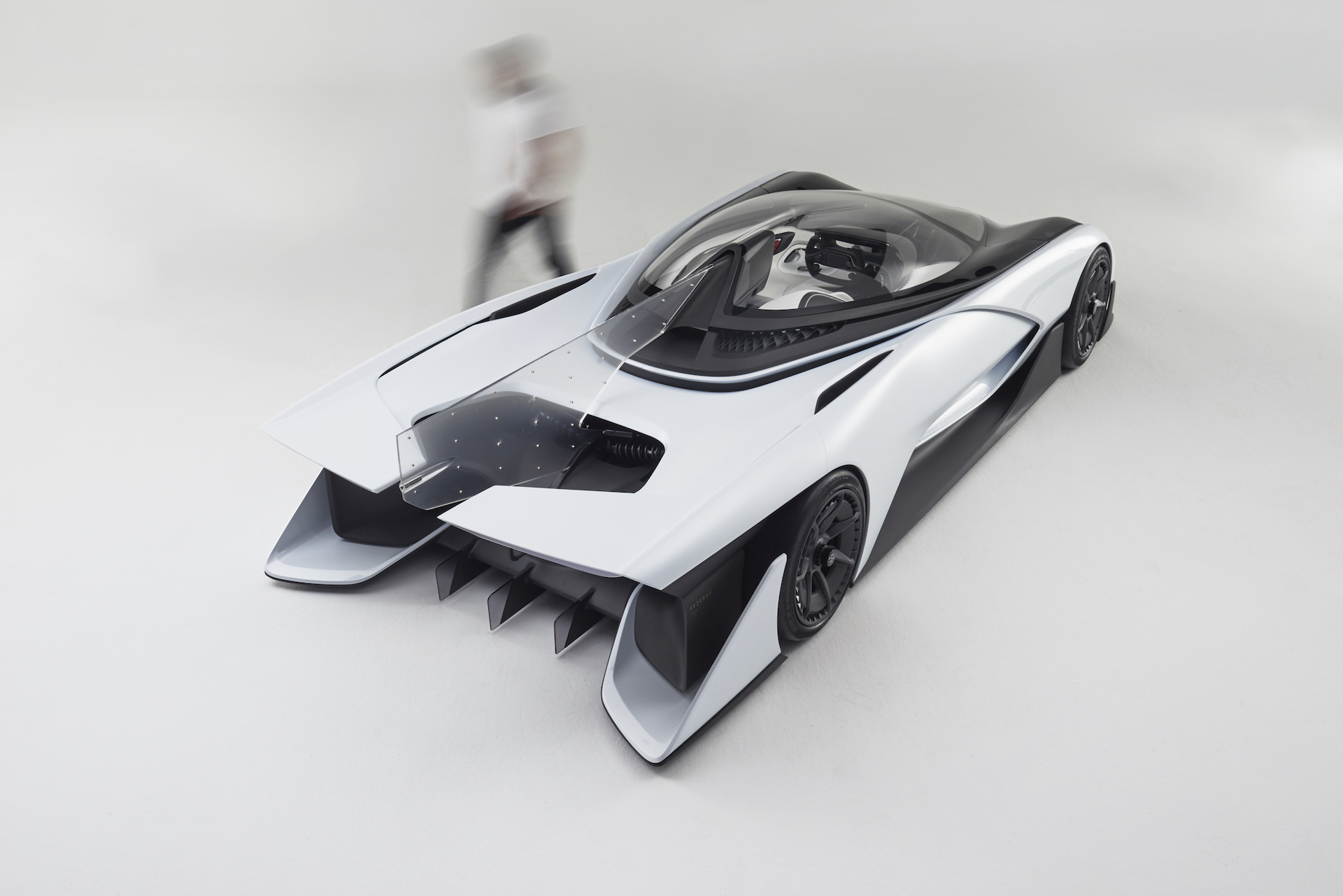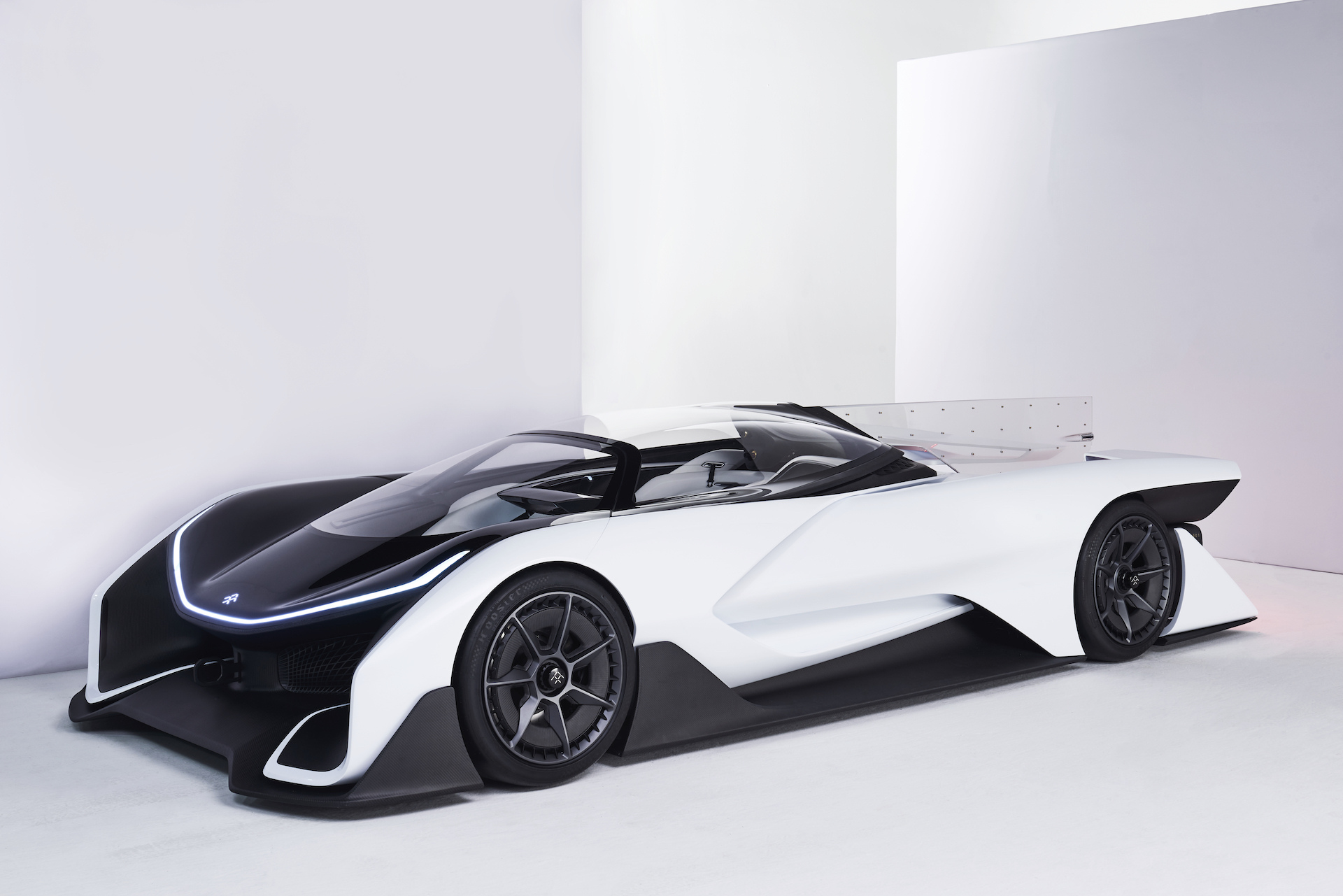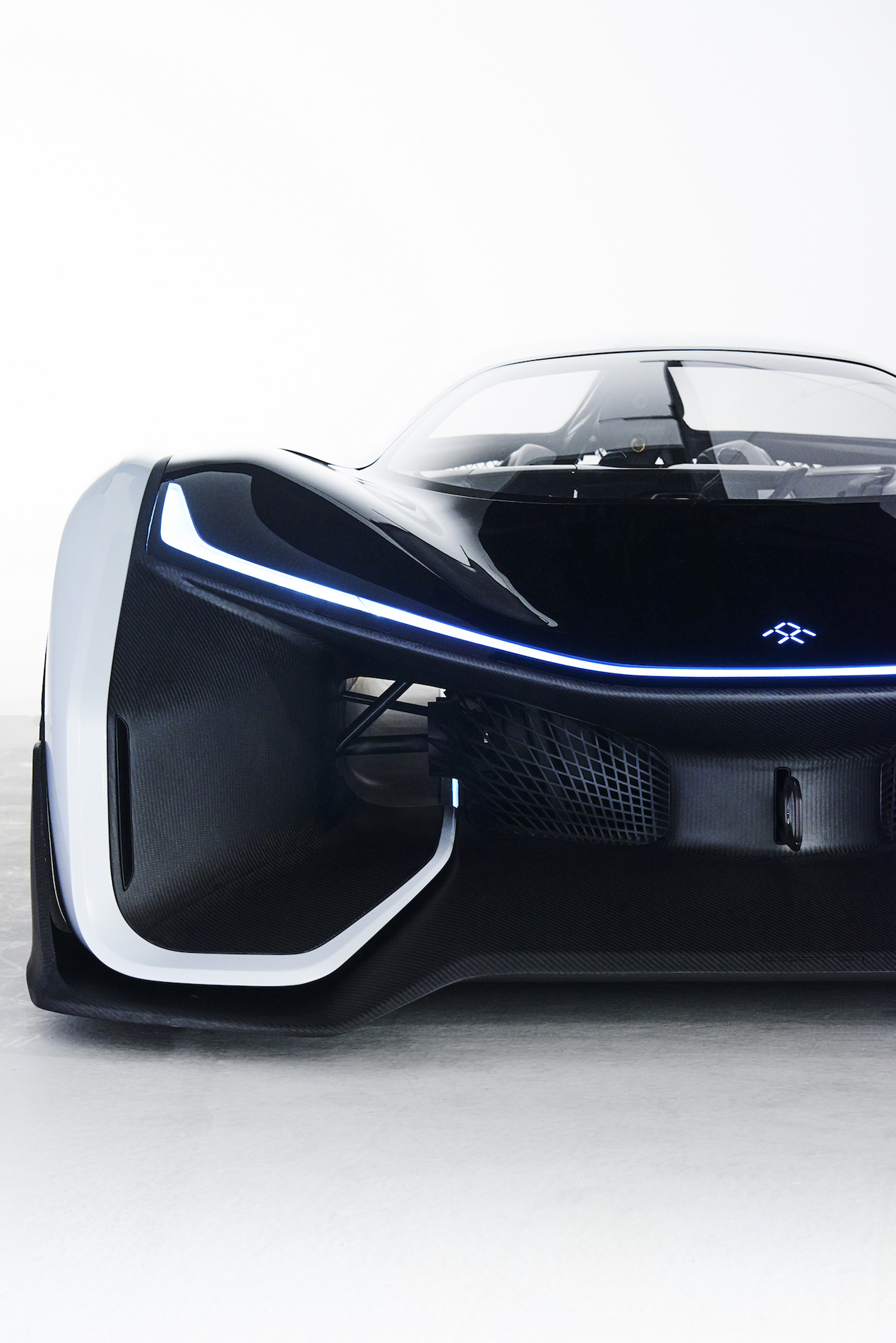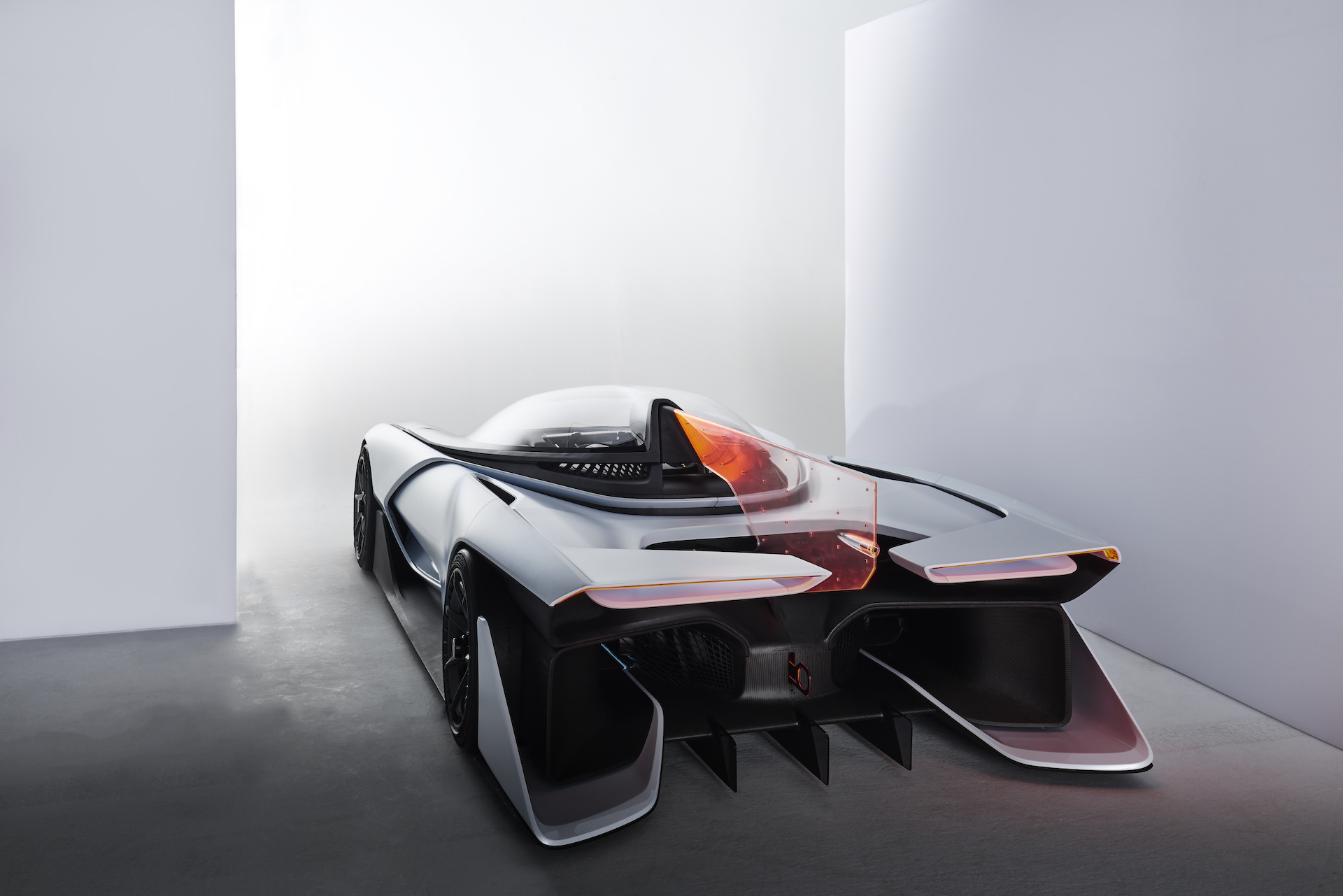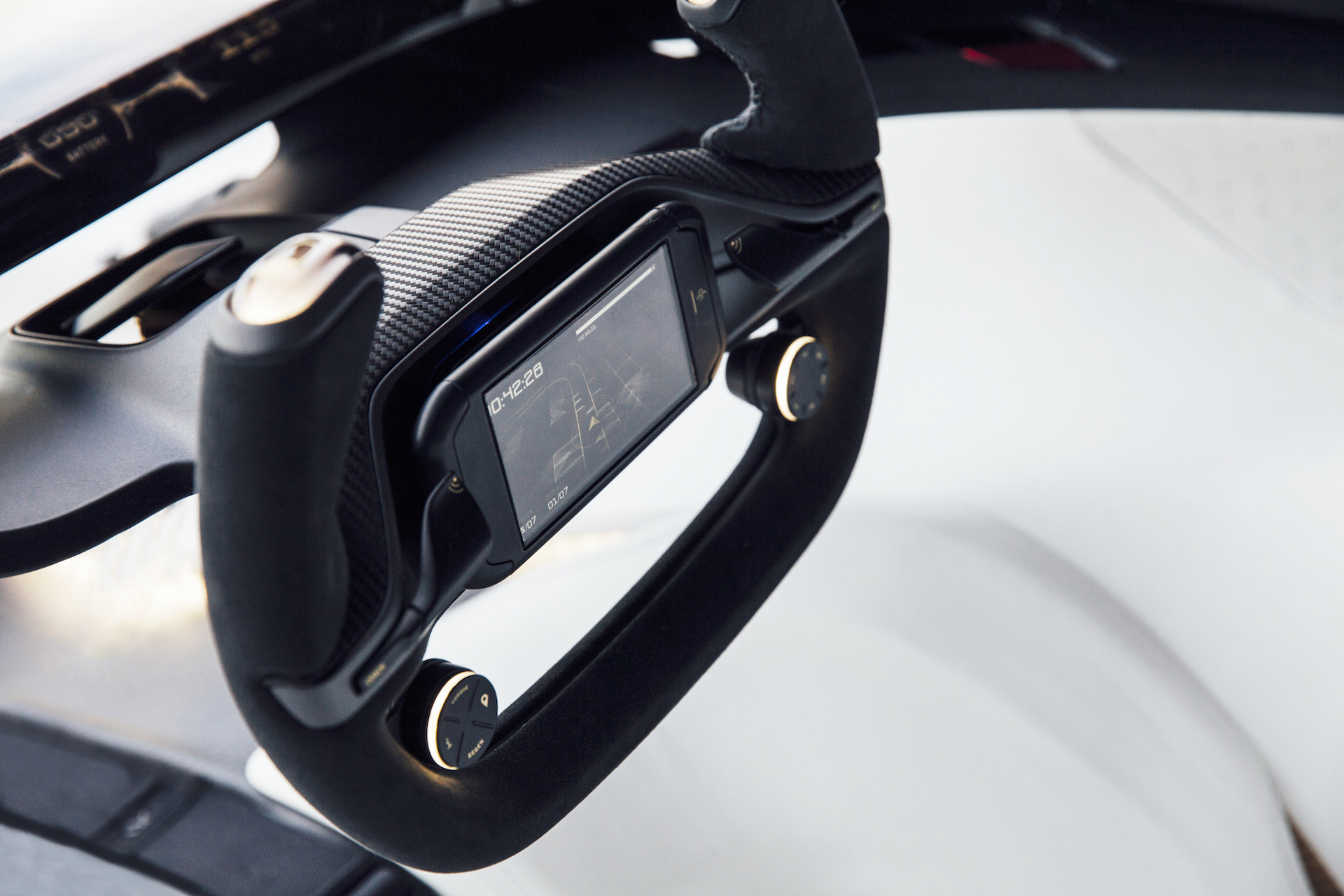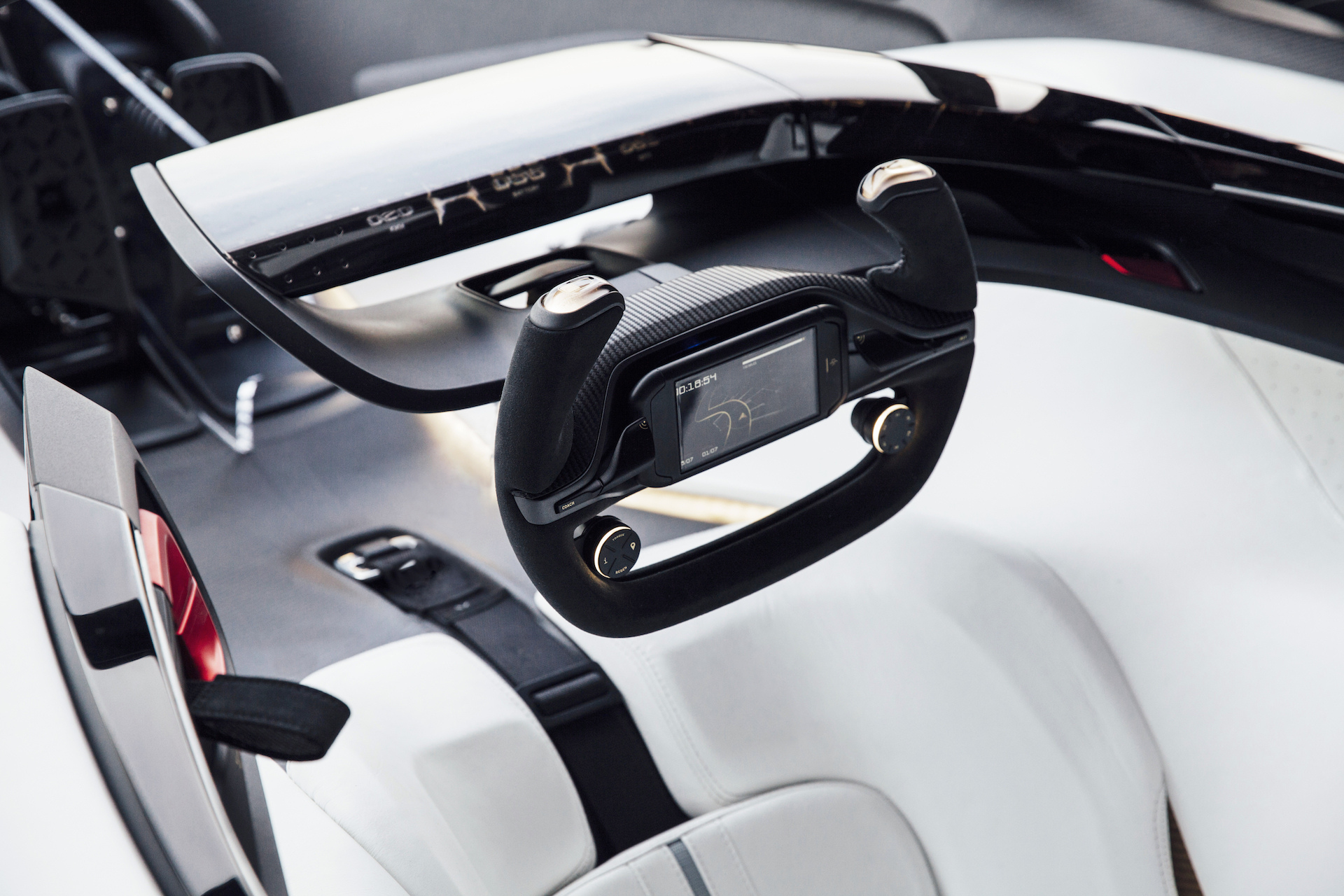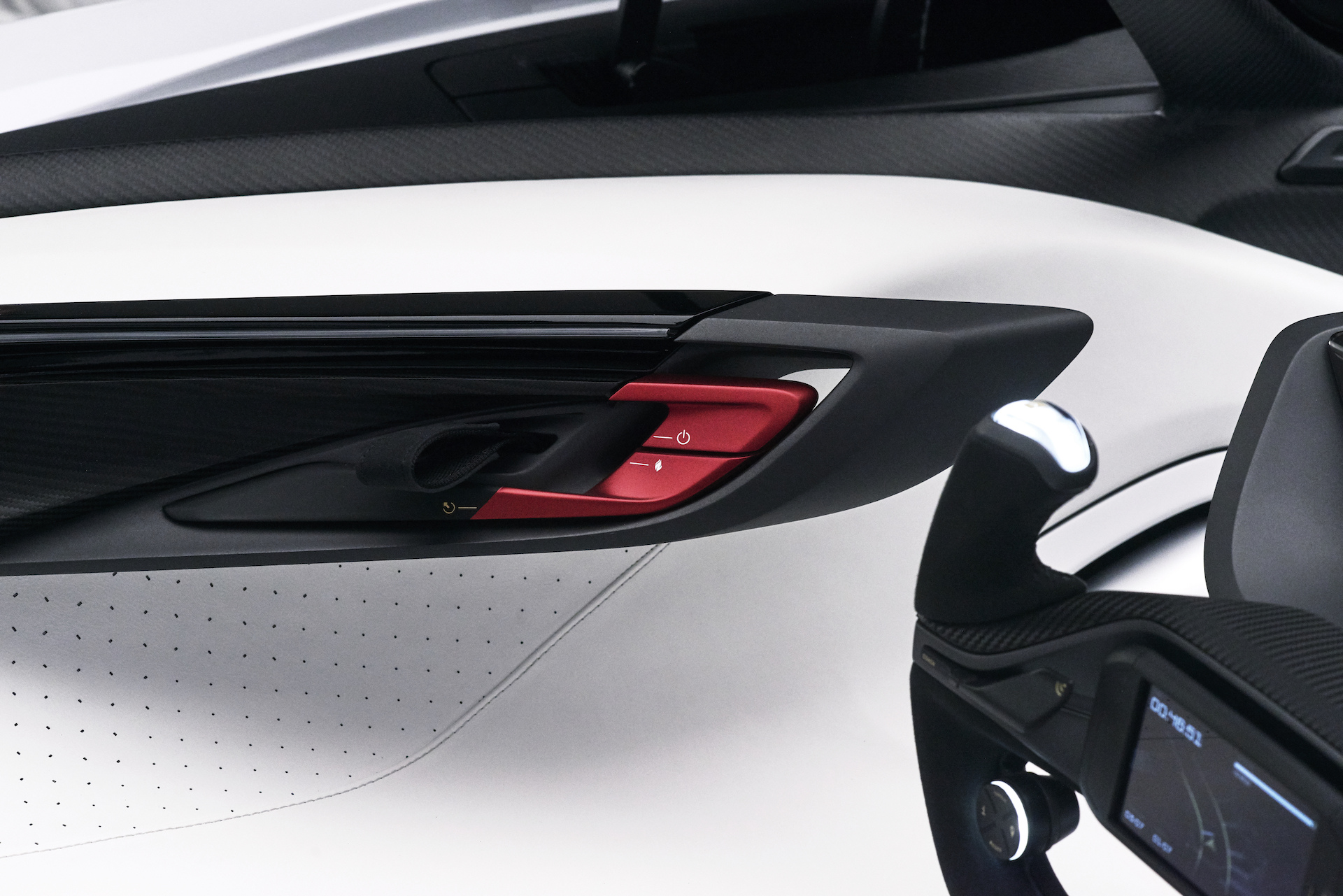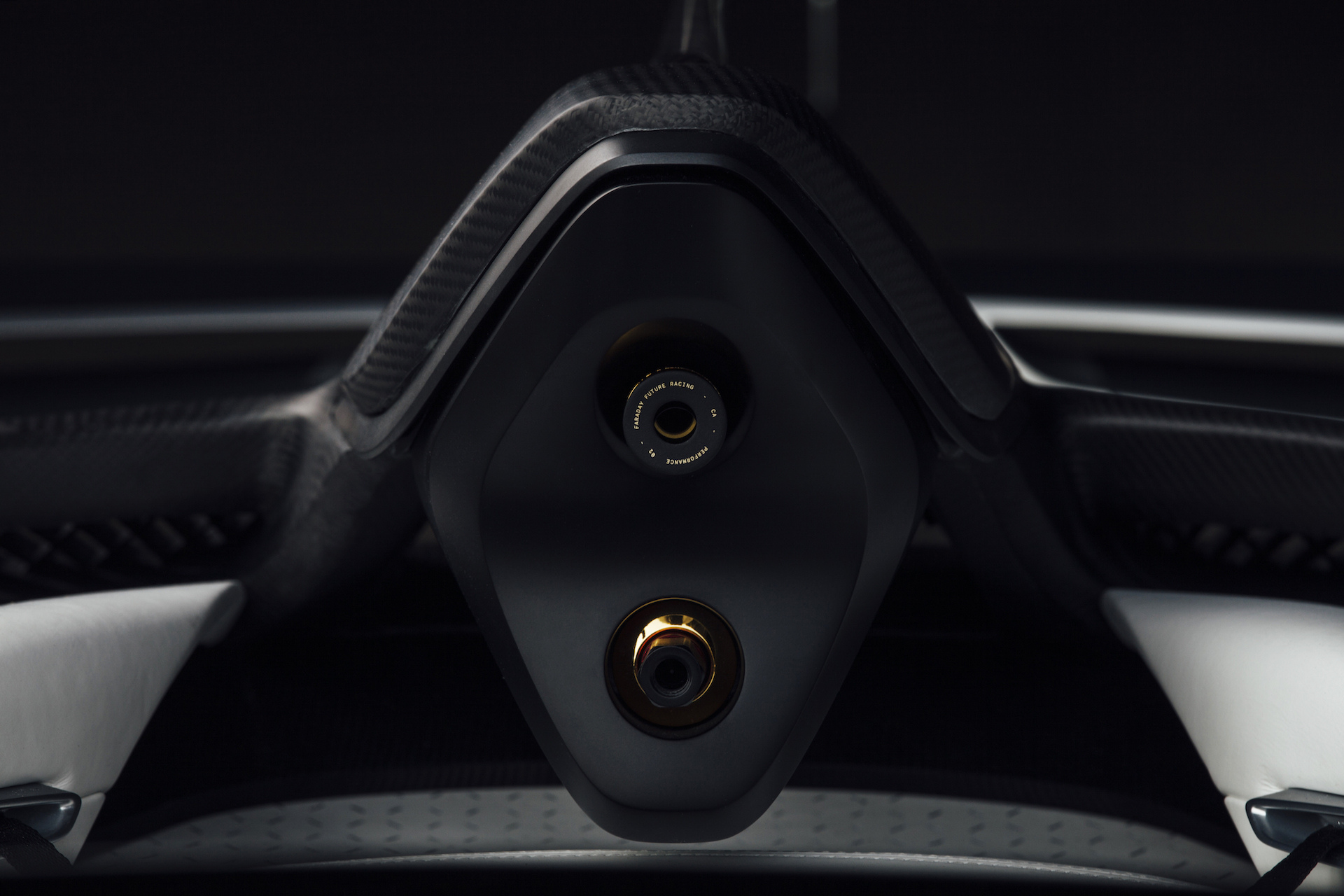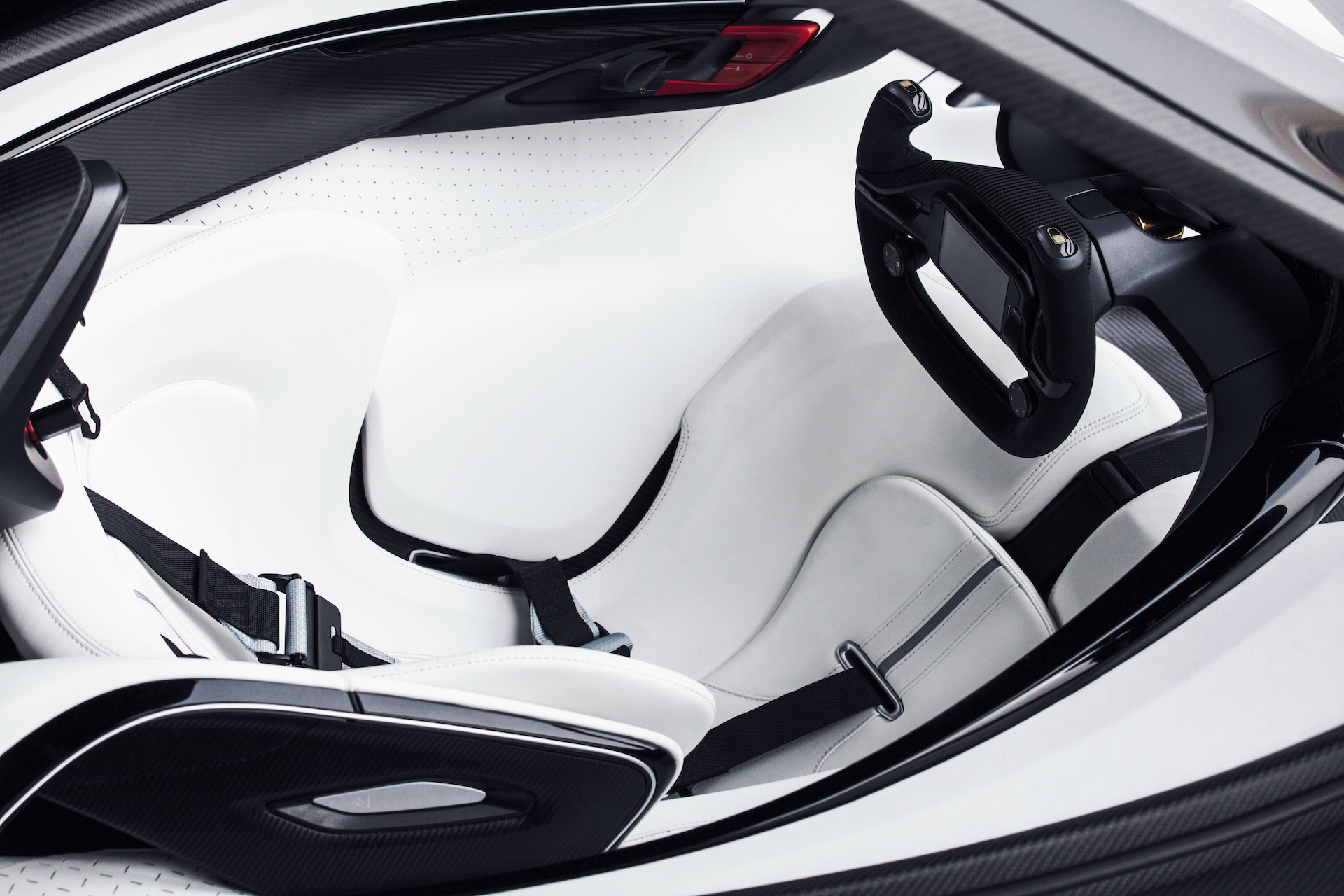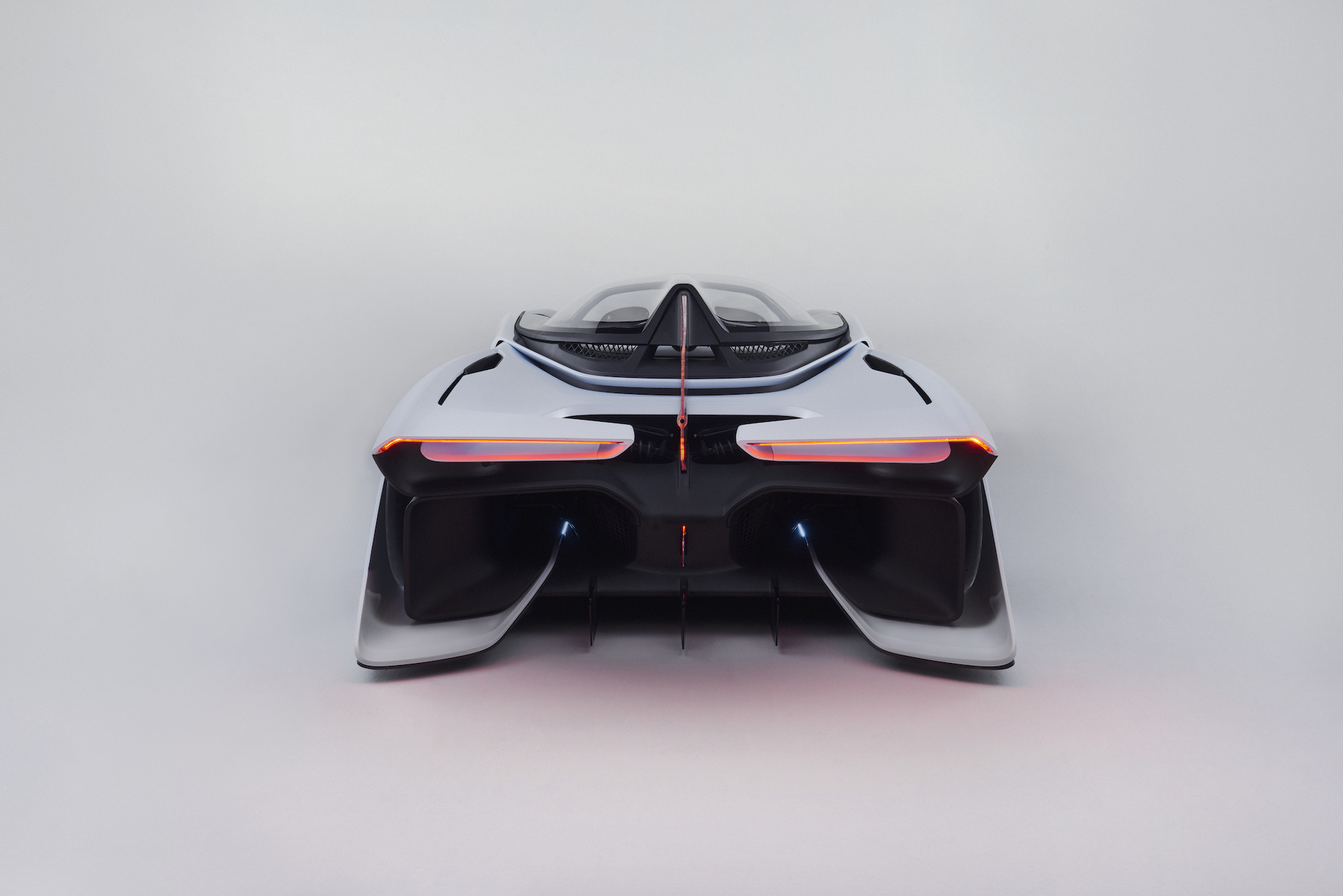At an event prior to the opening of the Beijing International Automobile Exhibition, Faraday Future (FF) launches the FF brand in China with the refreshed FFZERO1 Concept Car, an update on engineering testing and debuts FF.com. All of this happening days after FF held a ceremonial groundbreaking of its future North Las Vegas, Nevada manufacturing factory.
FF Brand Launch in China
FF makes its debut in China bringing the future of connected electric vehicles to the largest electric vehicle market in the world. After launching the brand and its FFZERO1 Concept Car at the 2016 Consumer Electronics Show (CES), FF selected the Beijing International Automobile Exhibition to make its Chinese debut, the largest automotive market in the world. The two countries, the U.S. and China, are the most important markets for the company.
FFZERO1 Concept
The company’s first ever concept, the FFZERO1, is a high performance electric vehicle designed to leverage the power of FF’s Variable Platform Architecture (VPA). The VPA is a modular engineering system optimized for electric vehicles, on which all future FF production vehicles will be based.
“The FFZERO1 Concept is an amplified version of the design and engineering philosophies informing FF’s forthcoming production vehicles,” said Richard Kim, Head of Design, Faraday Future. “This project liberated our designers and inspired new approaches for vehicle forms, proportions and packaging that we can apply to our upcoming production models.”
Connectivity
User-centric design is core to FF’s product development approach. Like future FF production models, the FFZERO1 Concept has a sense of its drivers’ needs: featuring adaptive personalization, seamless transfer of custom vehicle configurations, access to live images and real time data visualization.
FF takes a literal integration approach with the most customizable and personal device users own today – their smartphones. FFZERO1 Concept directly incorporates the user’s device into the steering column, representing the intersection of technology and automotive engineering. Conceptually, this setup could enable the smartphone to serve as the interface between the vehicle and the driver in – and outside – of the car.
The FFZERO1 Concept explores autonomous features for the future, such as the vehicle meeting its driver at the track and perhaps taking a few perfect laps on its own to compare with, and improve upon, its driver’s performance.
Interior
A core FF philosophy is to design from the inside out. The FFZERO1 Concept’s interior is primarily white with a carbon fiber finish – a pure and extremely clean aesthetic, atypical for combustion engine race cars, but reflective of a clean, quiet electric vehicle.
Inspired by NASA research, the single-seat configuration offers a comfortable, near-weightless body position, holding the driver at a perfect 45-degree angle, thereby helping to promote optimum circulation and focus when driving on the limits.
The helix-shaped, asymmetric instrument panel is a theme that will be incorporated into the future FF design DNA. The panel runs seamlessly into a unique Halo Safety System with integrated head and neck support, oxygen, and water supply fed to the driver through a prototype helmet. The system could also gather biometric data about its driver computing all of this data in real time.
Exterior
Debuting at the Beijing International Automobile Exhibition in its purity form, the FFZERO1 is showcased with a new white finish. The new finish exhibits a clean, calm and powerful silent state much like a marble sculpture.
FFZERO1 Concept has sculptural design that is inspired by the form and finish from xx architecture. The purity approach shows a new way of thinking about racecars and visualizes a holistic design and demonstrations a symbiosis of form and finish.
As a tribute to FF’s inside out philosophy, white is morphing from the inside to the outside. The materials and finishes of the vehicle were carefully selected to invoke a sense of superior connectivity for the car.
Utilizing lightweight materials and composites on the VPA platform, the FF design team experimented with new driver-focused proportions, pushing the canopy forward for a perfectly aerodynamic teardrop profile.
FF’s soon-to-be signature “UFO line” runs around the center of the vehicle and is intended to give the sense that this vehicle is not completely of this world.
Aero tunnels run through the interior length of the vehicle, allowing air to flow through the car rather than around it, dramatically reducing drag and improving battery cooling.
Performance
Featuring four motors, one at each wheel, FFZERO1 is built for its use case: the track. If developed for limited production, it would have more than 1000 horsepower and would accelerate from zero to 60 in under three seconds, with a top speed in excess of 200 miles per hour.
Engineering Update
FF engineers have been conducting intensive vehicle engineering testing for approximately one year. We have been using specially designed test vehicles to examine our battery systems, powertrain configurations and sophisticated suspension components in action. FF is testing both mechanical and software systems and is meeting its aggressive milestones.
FF Echelon Invertor
Recently, FF received its first United States Patent (#9,241,428 B1) for its groundbreaking FF Echelon Inverter. Silva Hiti, Senior Director Electric Drive Faraday Future, led her team of engineers to solve current production inverter issues related to reliability, manufacturability, and power density. To overcome this they chose to pursue an entirely original inverter architecture from the ground up – one that offered a simpler, more straightforward design. Where other production inverters utilize 90 or more power transistors, the FF Echelon Inverter uses only 12. Helping to streamline its packaging and overall weight. When driving the electric motor, the FF Echelon Inverter achieves 20-30% greater power density than our competitors’ applications, allowing it to transform that many more watts for every gram of its weight. The FF Echelon Inverter has been extensively tested by our engineers and production versions of the unit will live inside our future FF produces.
Inaugural Manufacturing Factory Ground Breaking Ceremony
On April 13, 2016, FF hosted a ceremonial ground breaking for its world-class, highly connected and environmentally friendly manufacturing facility in North Las Vegas, Nevada, USA. The celebratory ceremony was attended by Nevada Governor Brian Sandoval, North Las Vegas Mayor John Lee, along with several other community leaders and key elected officials from the region. Not only does the announcement signify an important milestone for FF as the company works towards the production of its first premium all-electric vehicle, but the investment will have an overall positive impact on the State of Nevada.
Hiring for the Faraday Future Nevada project has already kicked off. The $1 billion, 3 million square foot, 900-acre development is expected to create approximately 4,500 direct jobs over a 10-year period for the state. The project will also help invest in the community with new and improved infrastructure, create revenue opportunities for local businesses and contribute to tourism.
“We are moving extremely quickly for a project of this size,” said Dag Reckhorn, Global Vice President of Manufacturing at Faraday Future. “Our aim is to complete a program that would normally take four years and do it in half the time, while still doing it right.”


